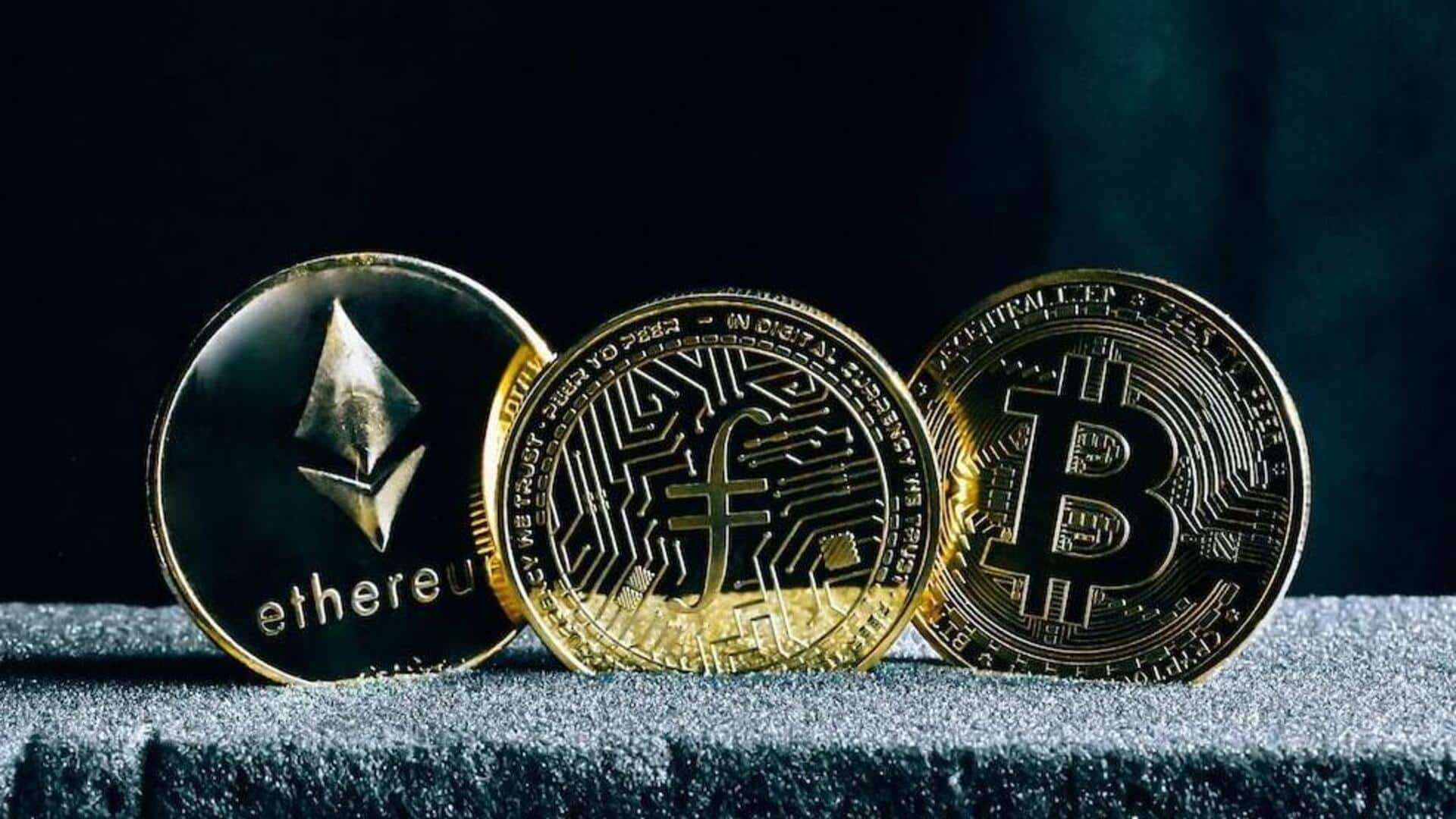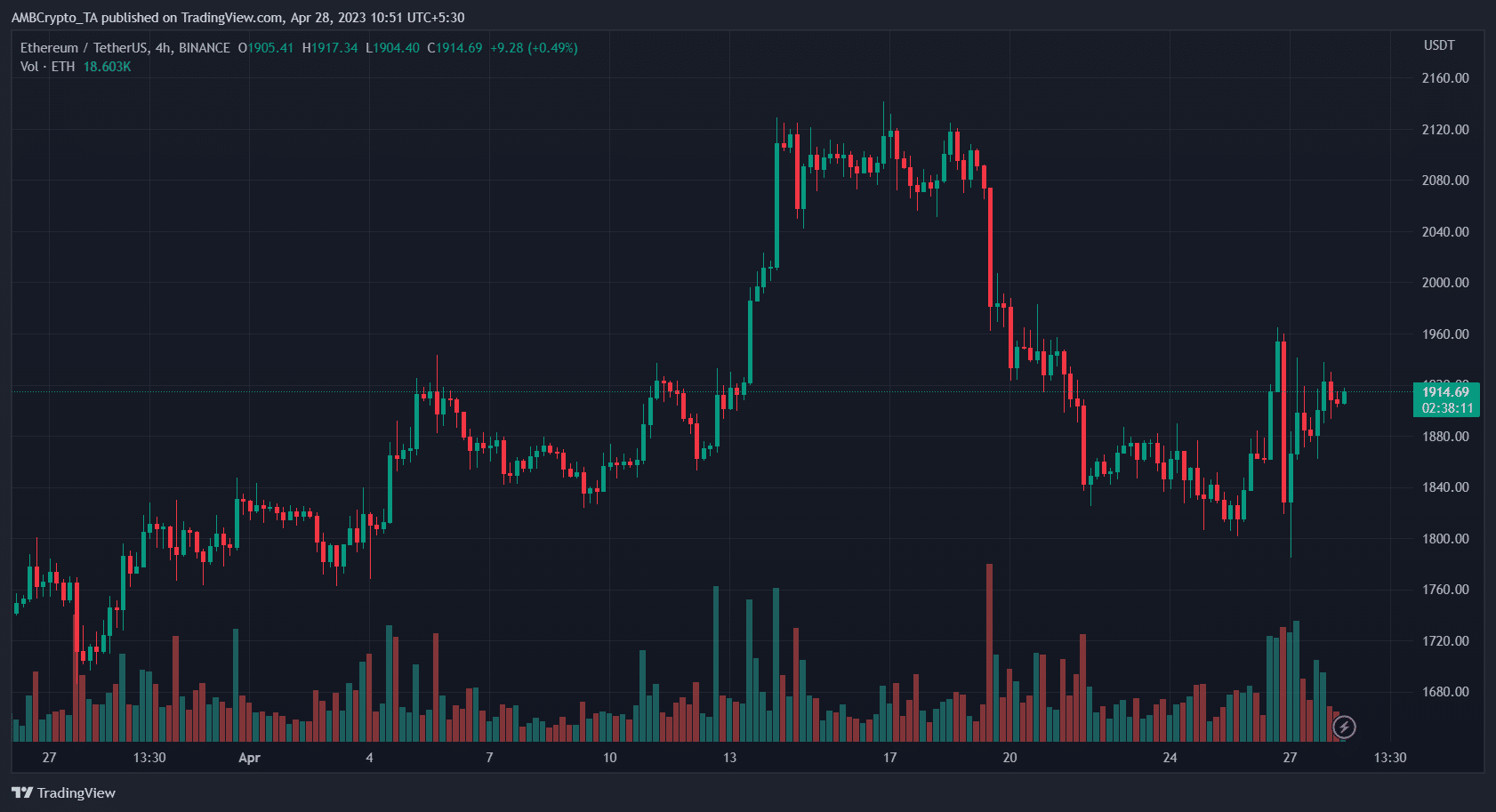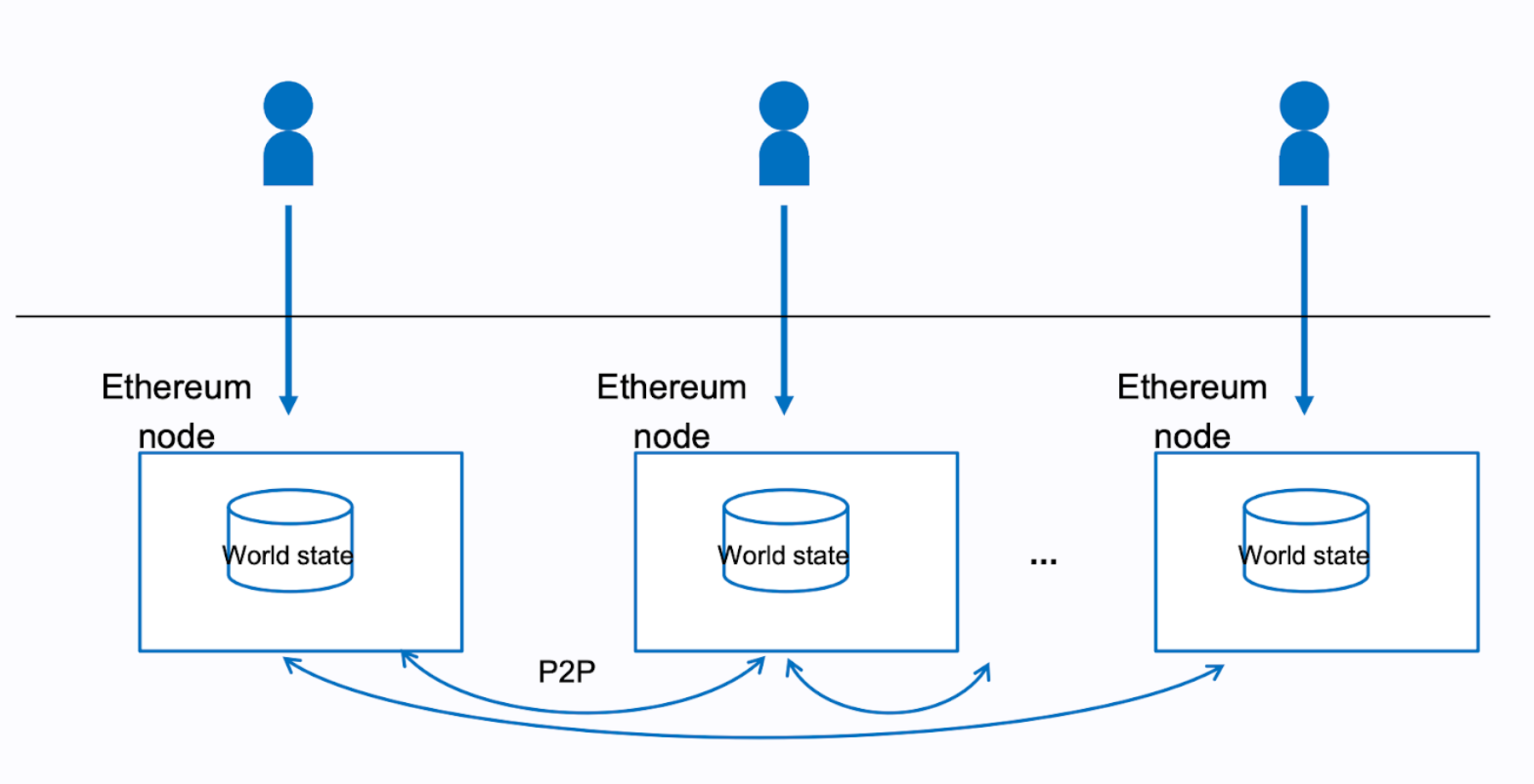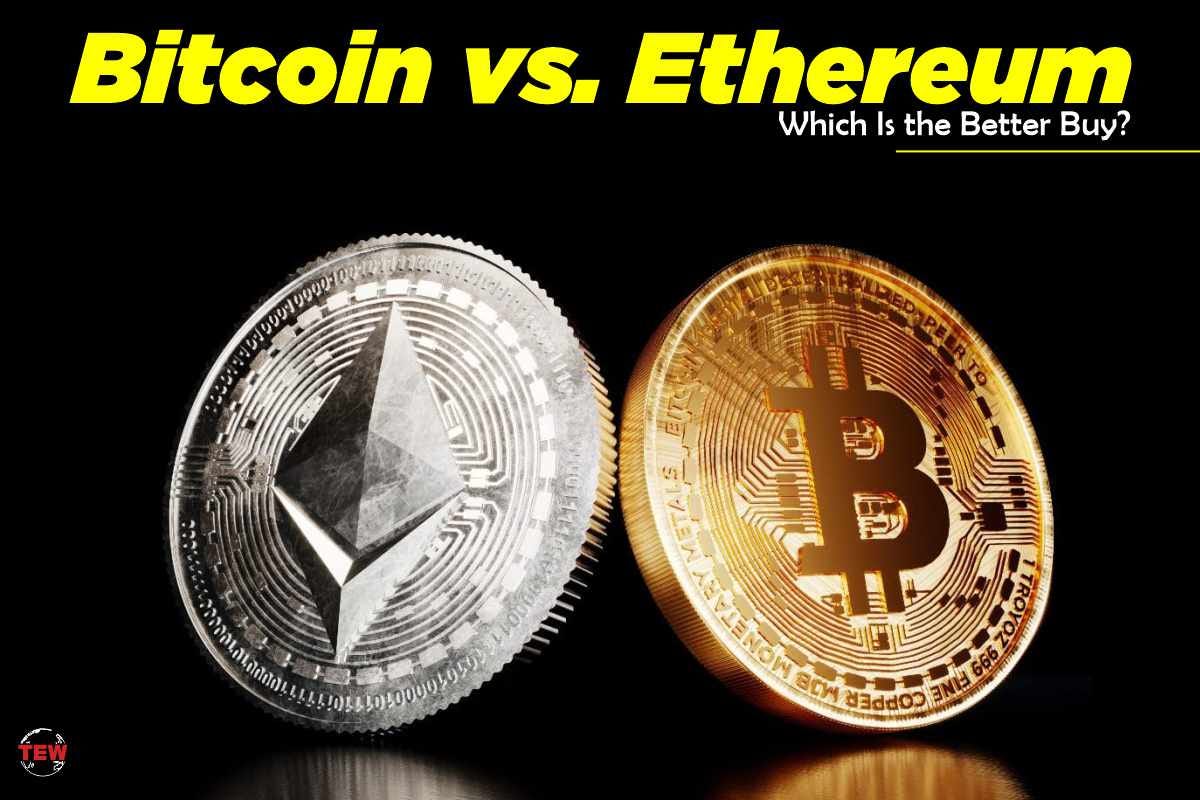Exploring bitcoin ethereum xrp solana cardano opens up a fascinating world of digital finance where innovation meets investment potential. These major cryptocurrencies each play a crucial role in shaping the future of the crypto market, offering unique features and groundbreaking use cases that appeal to both investors and technology enthusiasts alike.
From Bitcoin’s status as the first and most recognized cryptocurrency to Ethereum’s smart contract capabilities and the rapid growth of Solana and Cardano, understanding their differences and similarities is essential for anyone looking to navigate the crypto landscape. This overview will provide insights into their technological foundations, investment prospects, and real-world applications.
Overview of Major Cryptocurrencies
In the ever-evolving landscape of digital currencies, Bitcoin, Ethereum, XRP, Solana, and Cardano stand out as significant players, each contributing uniquely to the crypto market. Understanding their importance and the distinct features that set them apart helps investors and enthusiasts navigate this complex ecosystem.Bitcoin, as the first cryptocurrency, has paved the way for others, establishing itself as a digital gold.
Ethereum revolutionized the space with its smart contract functionality, enabling decentralized applications (dApps). XRP focuses on facilitating cross-border payments efficiently, while Solana offers high-speed transactions and scalability. Cardano emphasizes a research-driven approach to development, focusing on sustainability and interoperability. Analyzing their market performance over the past year reveals varying trajectories influenced by technological advancements and market demand.
Technological Foundations

The blockchain technology underlying these cryptocurrencies plays a crucial role in their functionality and adoption rate.
- Bitcoin: Utilizes a simple proof-of-work (PoW) consensus mechanism, which, while secure, faces scalability challenges.
- Ethereum: Transitioning from PoW to proof-of-stake (PoS) with Ethereum 2.0 aims to enhance scalability and energy efficiency.
- XRP: Operates on a consensus protocol that enables fast and low-cost transactions, positioning it as a solution for banks.
- Solana: Employs a unique proof-of-history (PoH) combined with PoS, allowing it to handle thousands of transactions per second.
- Cardano: Uses a PoS mechanism known as Ouroboros, focusing on scalability and security through a layered architecture.
Ethereum and Solana have made significant strides in scalability solutions, with Ethereum introducing sharding and layer-2 solutions, while Solana’s architecture inherently supports high transaction throughput.
Investment Potential
Historical price trends offer valuable insights into the investment potential of these cryptocurrencies.
- Bitcoin: Typically regarded as a store of value, its price has seen significant volatility but has trended upwards over the long term.
- Ethereum: As the backbone for DeFi and NFTs, its price has surged alongside increased usage of dApps.
- XRP: Although facing regulatory scrutiny, its utility in cross-border payments influences its price dynamics.
- Solana: Rapid growth and expanding ecosystem have made it a favorite among investors despite its recent market corrections.
- Cardano: With a strong focus on development and partnerships, its gradual price increase reflects growing interest.
| Cryptocurrency | Market Capitalization (USD) | Trading Volume (24h) |
|---|---|---|
| Bitcoin | $600 billion | $30 billion |
| Ethereum | $300 billion | $15 billion |
| XRP | $25 billion | $1 billion |
| Solana | $10 billion | $1.5 billion |
| Cardano | $15 billion | $500 million |
Use Cases and Applications

Each of these cryptocurrencies has carved out specific use cases that highlight their utility in various sectors.
- Bitcoin: Primarily serves as digital gold and a hedge against inflation.
- Ethereum: Hosts a multitude of dApps and smart contracts, driving the DeFi and NFT movements.
- XRP: Facilitates quick and cost-effective cross-border transactions for banks and financial institutions.
- Solana: Powers high-speed dApps and decentralized finance projects, emphasizing user experience.
- Cardano: Focuses on educational and governmental applications through its sustainable development model.
Real-world adoption varies, with Bitcoin gaining traction as a payment method, Ethereum hosting numerous projects, XRP being utilized by financial institutions, Solana attracting developers, and Cardano supporting educational initiatives.
Regulatory Environment

The regulatory landscape significantly impacts the operations of these cryptocurrencies.
- Bitcoin: Generally accepted as a commodity, but various countries have different stances on its use.
- Ethereum: Its status remains somewhat ambiguous, with ongoing discussions about its classification.
- XRP: Faces legal challenges from the SEC regarding its status as a security, which has implications for its market.
- Solana: Currently navigating regulatory scrutiny but generally viewed favorably.
- Cardano: Engages with regulators proactively, positioning itself as a compliant and trustworthy platform.
Recent developments, particularly concerning XRP’s legal battles, highlight the need for clarity in regulations to foster a stable environment for cryptocurrency growth.
Community and Ecosystem
The communities surrounding these cryptocurrencies play a pivotal role in their development and adoption.
- Bitcoin: Supported by a diverse community of miners, developers, and enthusiasts advocating for its use as a store of value.
- Ethereum: Boasts a robust developer community focused on innovation and improving the platform’s capabilities.
- XRP: Backed by Ripple Labs and a strong community of financial institutions aiming for global payment solutions.
- Solana: A growing community of developers and investors, driven by its technical capabilities and speed.
- Cardano: Emphasizes academic research and community governance, fostering a supportive ecosystem.
Social media platforms and online forums serve as crucial channels for these communities to share information, advocate for their projects, and influence public perception.
Future Trends and Predictions
As the cryptocurrency market evolves, several trends are emerging that could shape the future of Bitcoin, Ethereum, XRP, Solana, and Cardano.
- Bitcoin: Expected to continue its role as a digital gold, with institutional adoption likely to increase.
- Ethereum: Anticipated advancements in scalability and smart contract functionality could solidify its position in the DeFi space.
- XRP: The outcome of regulatory developments will significantly influence its future and potential partnerships in finance.
- Solana: Continued technological enhancements and a growing ecosystem could attract more developers and users.
- Cardano: Focus on interoperability and sustainability may enhance its appeal in emerging markets.
Technological advancements and the potential for institutional investment will likely shape the trajectories of these cryptocurrencies, presenting both opportunities and challenges ahead.
Final Summary
In conclusion, the landscape of bitcoin ethereum xrp solana cardano is marked by rapid evolution and significant investment opportunities. As we look ahead, staying informed about regulatory developments, community engagement, and technological advancements will be pivotal for investors and enthusiasts alike. The future appears bright for these cryptocurrencies as they continue to innovate and expand their reach in various sectors.
Helpful Answers
What is the main difference between Bitcoin and Ethereum?
Bitcoin is primarily a digital currency, while Ethereum enables smart contracts and decentralized applications.
How do the consensus mechanisms of these cryptocurrencies differ?
Bitcoin uses Proof of Work, Ethereum has transitioned to Proof of Stake, XRP uses a consensus protocol, Solana employs Proof of History, and Cardano utilizes a variant of Proof of Stake.
Are cryptocurrencies like XRP facing regulatory challenges?
Yes, XRP has faced significant regulatory scrutiny, especially from the SEC, impacting its market performance and adoption.
What are some common use cases for Solana?
Solana is often used for decentralized apps, NFTs, and high-speed transactions due to its scalability solutions.
Can I invest in all these cryptocurrencies through the same platform?
Most major cryptocurrency exchanges offer trading for all these cryptocurrencies, but availability may vary by region.




